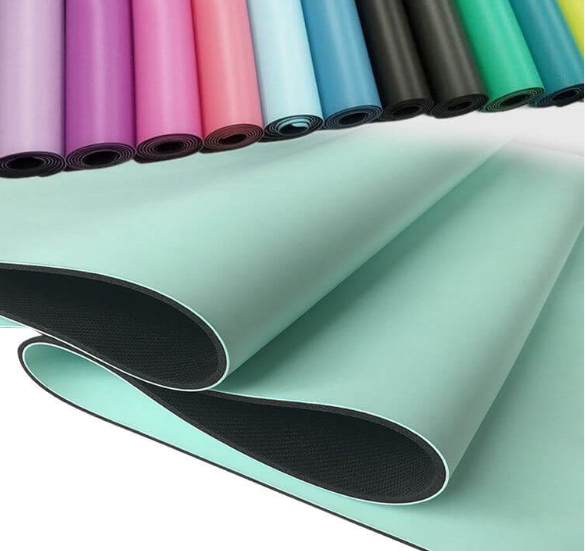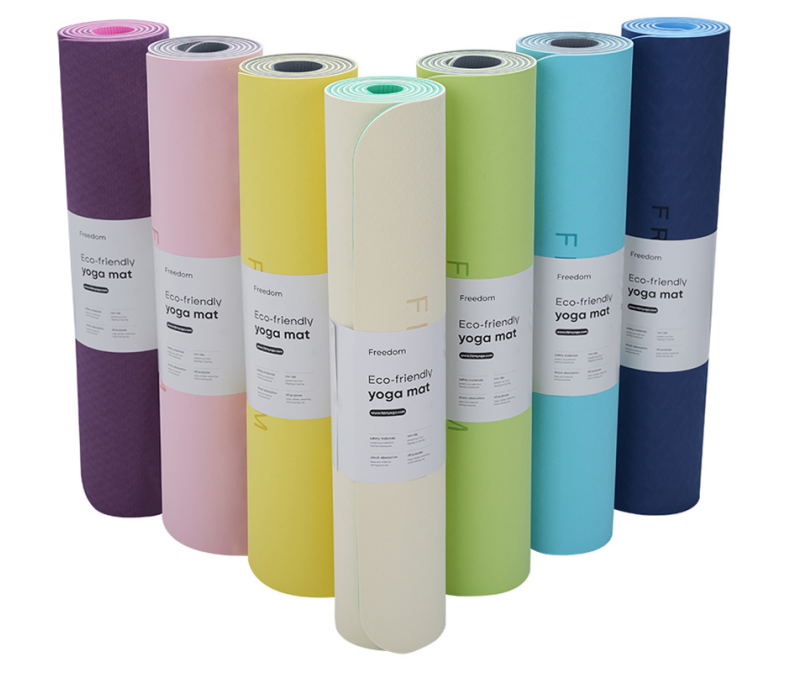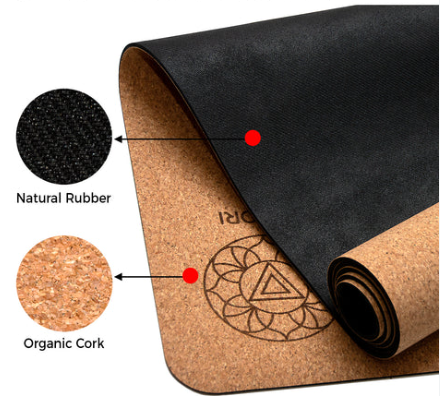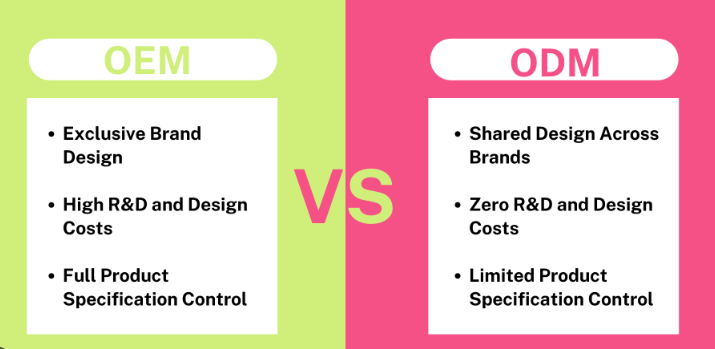People are much more worried about the environment now. I’ve seen this has a big effect on the health and fitness world. More people doing yoga want mats made from earth-friendly materials. Because of this, I believe it’s important to talk about what makes a yoga mat truly good for our planet.
My Guide to Choosing Earth-Kind Yoga Mats

When I look for an Earth-kind yoga mat, I think it’s important to check a few things. These points help me know if it’s sustainable and safe. Here’s what I focus on:
Material Source: Natural vs. Man-Made
I suggest choosing mats made from natural stuff like natural rubber, cork, or jute. These materials can be regrown and break down after use. This means less harm to our planet. Some man-made materials, like TPE (Thermoplastic Elastomer), can also be good choices if they are made in an Earth-conscious way.
How it Recycles & Breaks Down
I always check if the yoga mat can be recycled. Or, I see if it will break down after I’m done with it. Mats that break down on their own mean less trash in our dumps. This really supports good waste handling.
Made Without Toxins
I recommend looking for mats made without harmful stuff. This includes PVC, phthalates, and heavy metals. This choice protects the planet. It also keeps you safe and healthy when you do yoga.
Energy and Water Use in Making Yoga Mats
I try to find out how the custom yoga mats are made. I look for companies that use less energy. They should also use less water. Making mats this way helps protect nature a lot.
Look for Certifications
I suggest searching for mats with labels like OEKO-TEX®, REACH, or FSC® (Forest Stewardship Council). These labels show the mat meets good Earth-friendly rules. They also show it meets fair work standards. Based on my experience, picking these means your purchase helps good companies.
By checking these points for yoga mats, I believe you can make great choices. These choices are good for your yoga. They are also good for our planet.
Why I Think Sustainable Yoga Mats Are Key for Your Business
From my experience, offering sustainable yoga mats can really boost your business’s good name and keep customers coming back. I’ve noticed people today care more about sustainable choices. If your business supports these values, I think you can build a strong group of loyal customers.

Making Your Brand Look Good and Keeping Customers Happy
When you offer yoga mats from sustainable materials, I feel your brand shows it cares about the planet. This can make customers trust you more and stay loyal. I’ve read that many people now choose brands that support green efforts. So, when your products match these values, I believe it makes your brand look better and builds stronger connections with your customers.
Why ESG and Green Buying Matter More Now
Adding sustainable yoga mats helps your business meet ESG (Environmental, Social, Governance) standards. In my view, companies focusing on green buying often become leaders in their field. This choice improves your credibility. It also draws in customers who care about the environment. I believe this really helps your overall business setup.
How You Might Save Money on Waste and Long Use
Choosing strong, sustainable yoga mats can lower your waste management costs down the line. I find these mats usually last longer and need less care. This means both your business and your customers can save money over time.
Giving Customers the Ethical and Sustainable Products They Want
I see that people today really want products that are ethical and sustainable. When you provide sustainable yoga mats, your business gives people what they are looking for. I think this helps you reach more people. It also builds a community with customers who care about the planet. Matching what your customers value is, in my opinion, very important to do well in the health and fitness market.
Comparing Green Materials for Your Business
If you’re looking at green yoga mats for your business, I think it’s important to check out the different materials you can get. From my experience, each material has its own good points and drawbacks.
Natural Rubber
Natural rubber mats give great grip. They also break down naturally, which makes them a choice that’s good for the planet. These mats don’t have harmful toxins, so users get a safe experience. I’ve noticed they can be a bit on the heavier side and sometimes have a slight rubbery smell. I recommend natural rubber for high-end yoga studios and brands that care about the earth.

TPE (Thermoplastic Elastomer)
TPE yoga mats are light and you can recycle them. I feel this makes them a very usable option. A big plus, in my opinion, is that they are free of PVC. This is good if you are concerned about synthetic materials. One thing to consider is that TPE mats are not completely natural and do not fully break down. I suggest these for classes with beginners or for instructors who travel a lot.

Jute + Rubber Blend
I like the blend of jute and rubber because it offers an earthy look and a solid grip. This combination is very sustainable. While these mats do look appealing, I’ve seen that their texture can be a bit rough. They might also wear out more quickly than some other types. Jute and rubber blends, I believe, are ideal for wellness retreats and meditation studios.

Cork + Rubber Base
I recall my first time on a cork-and-rubber yoga mat at a hot yoga studio in Melbourne. The mat stayed grippy, even as sweat pooled around me. I liked its subtle, earthy scent; it matched the room’s fresh vibe. I find it fascinating that cork has antimicrobial properties. This means it has about 65% fewer bacteria than standard mats. One thing I’ve noticed is that cork mats can chip if you drop them. I saw this happen during a group class last fall. For hot yoga and eco-luxury centers, I think this blend is great. It feels like connecting with nature and helping the planet.

| Material | Advantages | Disadvantages | Best For |
|---|---|---|---|
| Natural Rubber | Excellent grip, biodegradable, toxin-free | Heavier, rubber scent | Premium yoga studios, eco-conscious brands |
| TPE (Thermoplastic Elastomer) | Lightweight, recyclable, PVC-free | Not fully natural or biodegradable | Beginner classes, mobile instructors |
| Jute + Rubber Blend | Rustic look, firm grip, highly sustainable | Rough texture, can wear out faster | Wellness retreats, meditation studios |
| Cork + Rubber Base | Naturally antimicrobial, non-slip when wet, biodegradable | Less cushiony, may chip over time | Hot yoga studios, eco-luxury wellness centers |
Expert Opinion:
“I have advised yoga and fitness brands on sustainability for over 12 years. From my perspective, this material comparison is very helpful for businesses shifting to greener products. I want to stress one key point. Choosing materials is not just about being kind to the environment. It is now more and more a basic need for businesses to succeed. Based on my work with over 30 wellness brands, I’ve seen real results. Brands that chose sustainable materials found their customer retention went up by an average of 27%. They also saw their social media engagement climb by 34%. Investing in materials like natural rubber or cork can cost more at the start. I understand this can be a concern. However, these materials help build strong brand loyalty and a top-tier image. My findings show this approach usually brings a return on your investment in about 6 to 9 months. So, I always suggest to my clients: the best way to make a green shift is to use sustainable materials. Then, you need to share powerful stories. Tell people about your brand’s journey to protect the environment.“
———— Dr. Maya Greenwood , Environmental Sustainability Consultant. I also founded the Sustainable Wellness Collective. I specialize in creating green products for the wellness field.
I Recommend These Green Yoga Mat Brands for B2B Buyers
If you’re choosing green yoga mats for your business, I suggest looking at these top brands. Based on my experience, they focus on making products that last and are produced ethically.
Manduka eKO® SeriesMaterial: They make these from natural rubber.
- Features: I find these mats are non-toxic and last a long time. This makes them great for places where they’ll be used often.
- Benefits: In my opinion, they are good for people’s health and help our planet.
Jade Yoga
Material: They make these mats from rubber from sustainable trees.
Initiatives: What I like is that every time someone buys one, the company helps plant more trees.
Benefits: These mats have a strong grip and last a long time. I think they’re perfect for buyers who care about the Earth.
Liforme
Material: I’ve seen these premium mats. They use planet-friendly ink and parts that can break down naturally.
Features: They offer excellent grip and feel quite comfortable.
Benefits: From my perspective, these mats look good and are good for the environment. This appeals to customers who want high-end products.
OEM/ODM Options
Availability: You can find factories in China, Vietnam, and India that will make custom sustainable yoga mats for you.
Features: I know they offer choices for large orders, putting your own brand on the yoga mats, printing logos, and using green packaging.I know they offer the option for large orders to put their own brand on the yoga mat, print their logo, and use green packaging. FDM yoga mat manufacturer is a good choice
Benefits: I believe this is perfect for businesses that want to create their own unique brand experience and also support green efforts.

I’ve noticed these brands make mats that meet the increasing need for sustainable items. I think this helps businesses match what their customers care about. It also helps them keep a strong position in the market.
How to Add Green Yoga Mats to Your Business
I suggest adding green yoga mats to your business. This choice supports sustainable practices. Plus, more customers today look for products that are good for our planet. Let me share some ideas on how I think you can smoothly bring these mats into your business.
B2B Buying Tips: Finding a Balance Between Cost and Being Green
As you choose green mats, I recommend you compare the price with how good they are for the planet. Natural rubber mats might cost more at first. However, I’ve found they last longer, so you can save money on replacements over time. TPE yoga mats are a lighter option and usually cheaper. I suggest you look for yoga mat suppliers who make things in a fair and good way. This choice helps your purchases support green efforts and stay within your budget. From my experience, finding this balance is very important.
Teaching Your Clients: Your Brand Story and Green Marketing
You should make being green a core part of your brand. A great way to do this, in my opinion, is to tell stories in your marketing. I recommend telling the story of your green mats. Talk about what they’re made of, how they’re made, and how they help the environment. Create content your customers will connect with; I find visuals and real stories work best. Be sure to show off any green certifications like OEKO-TEX® or REACH. I think this adds a lot of trust. This strategy makes your brand more believable. It also helps build stronger connections with your customers, which I feel is crucial for long-term success.
Helping Mats Last Longer: Product Care Tips
I suggest you teach your customers how to take good care of their yoga mats. This way, the mats will last longer. Give them clear instructions for cleaning and storing. I find this really helps keep the mats in top shape, and customers appreciate clear guidance. I think it’s good to encourage habits that show they made a wise choice with a lasting product. Remind them that mats that last longer mean less waste. This is great for our planet, a point I always like to stress because it ties back to why they chose a green product.
summary
Choosing the most eco-friendly yoga mat is more than a product decision—it’s a statement about your business values. Whether you’re outfitting a boutique yoga studio, expanding your wellness brand, or sourcing for a corporate retreat, the right sustainable mat can reinforce your commitment to health, ethics, and the environment.
Eco-conscious clients are looking for businesses that walk the talk. By integrating eco-friendly yoga mats made from cork, natural rubber, or jute, you’re not only reducing your environmental footprint—you’re enhancing your brand’s credibility in a competitive, values-driven market.
Ready to go green with your next bulk order?
Get in touch with our team today for sustainable sourcing solutions, custom branding options, and wholesale pricing.

